Death on the Nile (1978 film)
7.6 /10 1 Votes
80% Rotten Tomatoes Genre Crime, Drama, Mystery Country United Kingdom | 7.2/10 IMDb Duration Language English | |||||||||||||||||||||||||||||||||
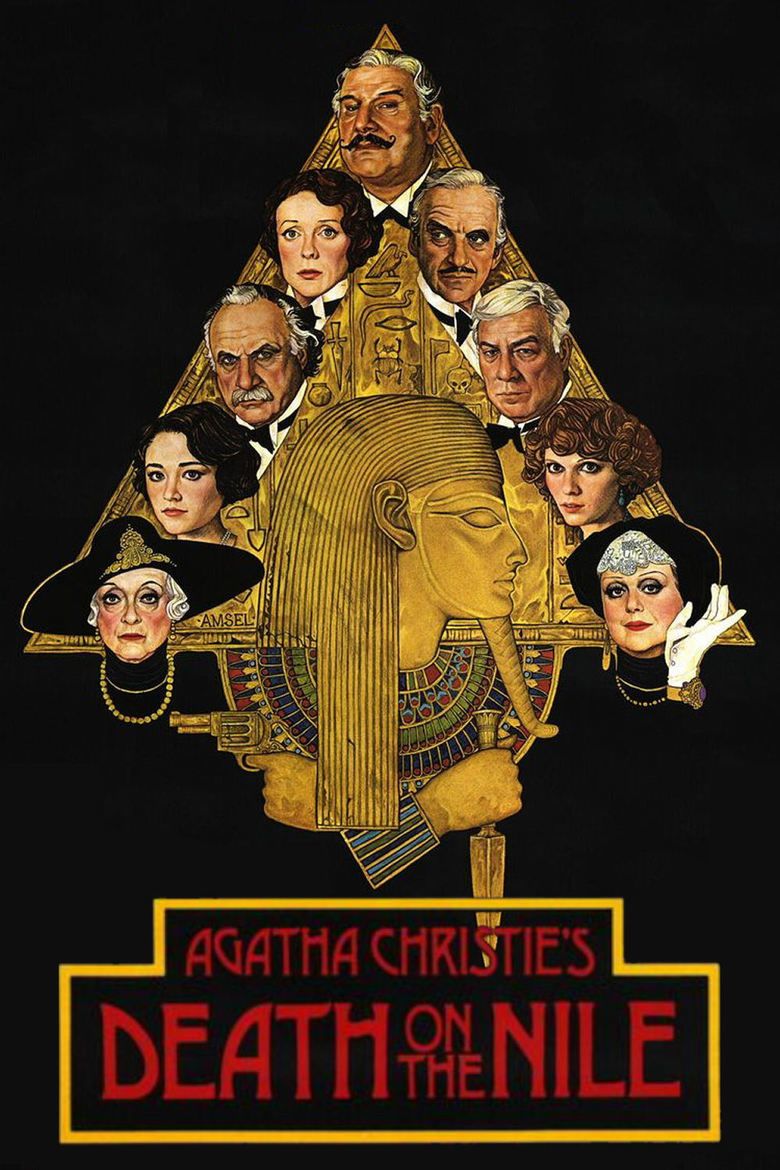 | ||||||||||||||||||||||||||||||||||
Release date 29 September 1978 (1978-09-29) (US)23 October 1978 (1978-10-23) (UK) Cast (Hercule Poirot), (Jacqueline de Bellefort), (Simon Doyle), (Linnet Ridgeway Doyle), (Salome Otterbourne), (Marie Van Schuyler) Similar movies Raiders of the Lost Ark , Exodus: Gods and Kings , The Mummy , Inglourious Basterds , X-Men: Apocalypse , Murder Most Foul Tagline A murderer strikes on board the luxury Nile steamer Karnak-and Hercule Poirot faces his most baffling case. | ||||||||||||||||||||||||||||||||||
Death on the Nile is a 1978 British mystery film based on Agatha Christie's 1937 novel of the same name, directed by John Guillermin and adapted by Anthony Shaffer. The film features the Belgian detective Hercule Poirot, played by Peter Ustinov, plus an all-star supporting cast including Bette Davis, Mia Farrow, David Niven, Maggie Smith, Angela Lansbury, George Kennedy and Jack Warden.
Contents

It takes place in Egypt, mostly on a period paddle steamer on the Nile River. Many of the cultural highlights of Egypt are also featured in the film, such as the Great Pyramids, the Sphinx, and temples at Abu Simbel and Karnak, even though the locations are not in sequence. The boat trip starts in Aswan, follows to Karnak and then to Abu Simbel which is upstreams from Aswan. Furthermore, it was never possible to go by boat from Aswan to Abu Simbel, even before the Aswan Dam was built because of the cataracts near Aswan.
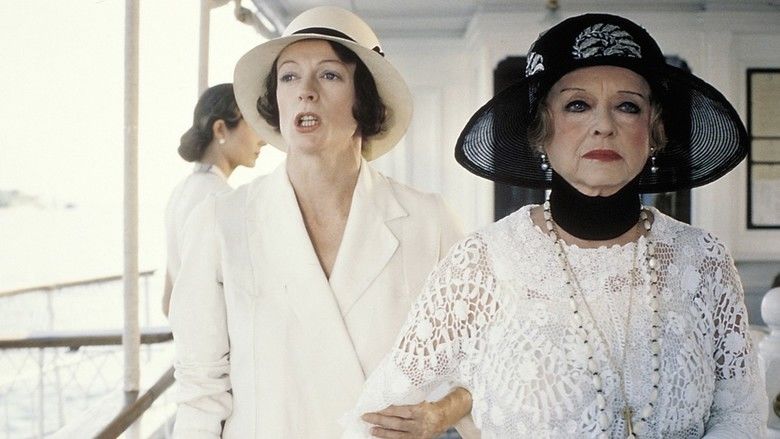
Death on the Nile won the Academy Award for Best Costume Design at the 51st Academy Awards.

Plot
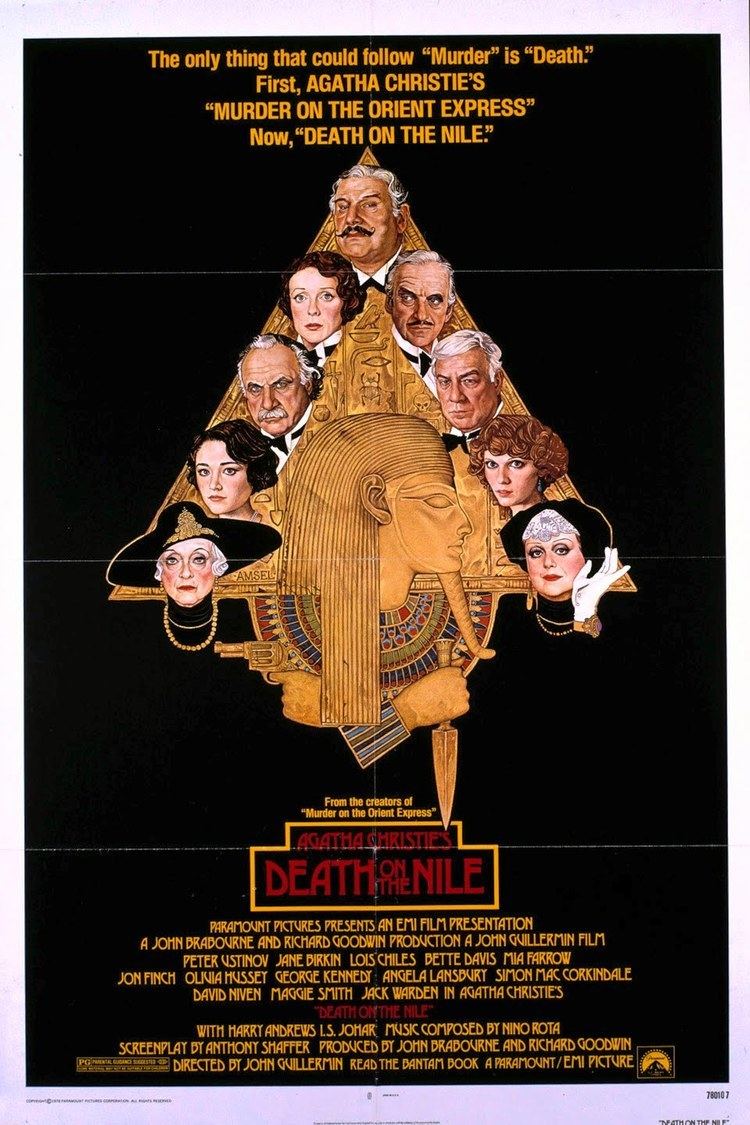
The film begins with a meeting between wealthy heiress Linnet Ridgeway (Lois Chiles) and her close friend Jacqueline de Bellefort (Mia Farrow). Jackie wants her fiancé, Simon Doyle (Simon MacCorkindale), to work for Linnet, but he and Linnet have a whirlwind affair and end up marrying. While honeymooning in Egypt, they are continually hounded by the jilted Jackie. In an attempt to get away, the Doyles pretend to go to the Cairo Railway Station before backtracking to board their booked cruise on a Nile paddle steamer, the S.S. Karnak.
When the passengers venture on-shore to examine a nearby temple, a large stone is pushed off a pillar and narrowly misses Simon and Linnet. They again encounter Jackie, who boards the ship having ignored the warnings of detective Hercule Poirot (Peter Ustinov) to stay away and having revealed that she carries a small automatic pistol.
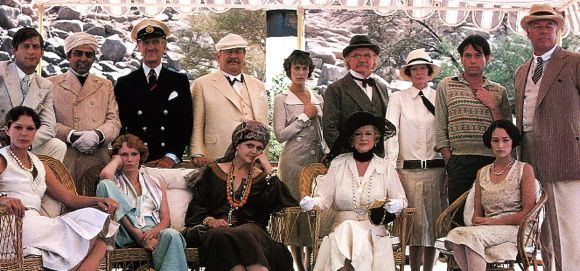
That night, Jackie confronts Simon in a drunken rage and shoots him in the leg. The next morning, Linnet is found dead from a gunshot wound to the head. A "J" written in blood on the wall above her bed appears to implicate Jackie, but she has a solid alibi as Miss Bowers sedated and stayed with her all night. Taking it upon themselves to investigate, Poirot and his friend Colonel Race discover that the other passengers had a reason for wanting to kill Linnet: Louise Bourget, Linnet's maid, was bitter due to her mistress' refusal to grant her a promised dowry; Andrew Pennington, Linnet's American trustee, was anxious to prevent her from discovering that he embezzled from the Ridgeway estate; Mrs. van Schuyler, an elderly American socialite suffering from kleptomania, displayed a great interest in Linnet's pearl necklace; Miss Bowers, Mrs. van Schuyler's nurse and traveling companion, blamed Linnet's family for forcing her father into financial ruin and condemning her to a life of servitude; Salome Otterbourne, an eccentric romance novelist, was being sued for libel due to a likeness between Linnet and one of her characters; Rosalie Otterbourne, Mrs. Otterbourne's daughter, was anxious to protect her mother from financial ruin; James Ferguson, an outspoken Communist traveller, resented Linnet's vast wealth and affluent lifestyle; Ludwig Bessner, a Swiss psychiatrist, faced exposure by Linnet concerning his unorthodox methods.

Soon a bundle is found in the Nile. The missing pistol is wrapped in Mrs. van Schuyler's stole, which had a small bullet hole in it. A handkerchief was also included, stained with blood. Linnet's pearls are also discovered to be missing. When interrogated, Mrs. van Schuyler denies ever having touched them. Shortly after this, the pearls are found on Linnet's body, so Poirot deduces Mrs van Schuyler has put them there.
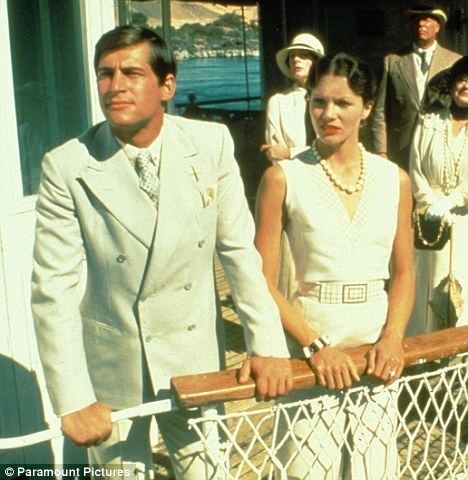
While Poirot and Race conduct their investigation, the maid Louise is murdered. Her throat has been cut with one of Dr. Bessner's scalpels and a fragment of a banknote is found in her hand. Poirot realizes she probably saw the murderer coming out of Linnet's cabin and attempted to extort money in return for her silence. Salome Otterbourne claims to have seen Louise's murderer and is about to tell Poirot and Race when she is shot in the head through an open cabin door with Pennington's revolver, too large to have been used on Linnet.
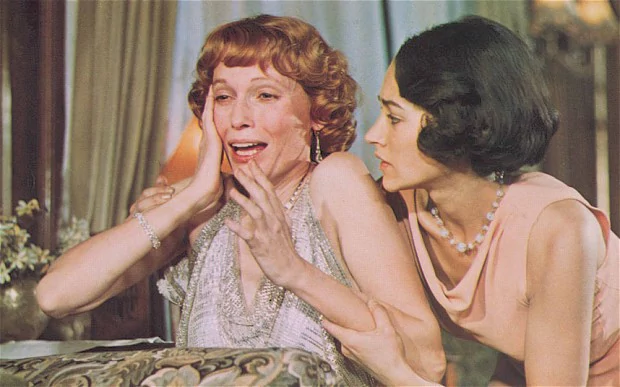
Poirot gathers everyone together in the saloon and reveals that Simon is responsible for Linnet's murder, with Jacqueline working as his accomplice. Jacqueline staged the shooting, leaving Simon free to kill Linnet while Ferguson and Rosalie attended to her. After running to Linnet's cabin and shooting her in the head, Simon shot him himself in the leg, using Mrs. van Schuyler's stole as a silencer. He proceeded to reload the gun with two unused bullets, wrap it in the stole, and throw it out the open window into the Nile. Jackie, meanwhile, killed Louise, who was blackmailing Simon because she witnessed him enter Linnet's cabin, and Mrs. Otterbourne, who saw Jacqueline exit Louise's cabin after slitting her throat.
When Simon points out that Poirot has no proof, he reveals that the police can determine whether or not he killed Linnet through a gunshot residue test. Realizing they are trapped, Jacqueline confesses before embracing Simon. At the last minute, Poirot realizes she has taken back her pistol but is unable to prevent her from shooting Simon in the head before killing herself.
Production
The movie was made during a period of expansion for EMI Films under Michael Deeley and Barry Spikings, who were increasingly aiming at the international market.
This was Jane Birkin's first British movie in a decade.
The film shot seven weeks on location in Egypt, four on the steamer Karnak (the historic ship SS Memnon) and the rest at places such as Aswan, Abu Simbel, Luxor, and Cairo. Desert filming required makeup call at 4 a.m. and shooting at 6 a.m. to accommodate a two-hour delay around noon when temperatures hovered near 130 °F (54 °C). Bette Davis wryly commented, "In the older days, they'd have built the Nile for you. Nowadays, films have become travelogues and actors, stuntmen."
John Guillermin commented that the Egyptian government were supportive of the film because there were so many Agatha Christie fans in the country, and the story "was unpolitical".
During the shoot, troubles arose as no hotel reservations had been made for the crew. They were subsequently shifted from hotel to hotel, sometimes on a daily basis. Director Guillermin was never allowed to see the rushes. By order of the producers, footage was sent directly to them in London. A lighter moment occurred during a love scene between Chiles and MacCorkindale, when a hostile desert fly landed on Chiles's teeth. The actors carried on as best they could, but the crew burst out laughing when Guillermin thankfully called "cut" and ordered another take.
Guillermin found the shoot logistically tricky because of the heat and the boat, which sometimes ran aground. But he enjoyed the cast:
The more experienced people created a very generous atmosphere. They were not impatient at all. I have never worked with Bette Davis before and was told she was professional but not communicative. Well, she was an absolute bastion of support and enthusiasm. During the breaks, the cast would often sit to one side engaged in terrific conversation. There was Ustinov's great wit and Niven's dry humour. Jack Warden is a very funny man and Mia Farrow is a very funny woman. This was a bunch of people who could relax.
"Poirot can be a cold fish, but here we made him more humanistic and warm, interested in young people for instance," said the director. "Peter Ustinov was able to bring that out." Costume designer Anthony Powell won the Academy Award for Best Costume Design , his second. Among his touches were shoes for Chiles that featured diamond studded heels that came from a millionaire's collection and shoes worn by Davis made from the scales of twenty-six pythons.
Release
Although it was a British film, Death on the Nile first premiered in New York, on 29 September 1978, to coincide with the sale of tickets for the Metropolitan Museum of Art's opening on 15 December 1978 of the travelling exhibition The Treasures of Tutankhamun, which had piqued interest in Egyptian artefacts. For the US market, artist Richard Amsel was commissioned to change the original British poster art by including the profile of King Tutankhamun with ceremonial knife (and modern revolver), surrounded by the cast.
In London, there was a Royal Charity Premiere at the ABC Shaftesbury Avenue on 23 October 1978, attended by the Queen, Prince Philip and Earl Mountbatten.
Reception
The Times' film critic David Robinson had mixed feelings about the film. Although it was entertaining, and followed the formula of the Murder on the Orient Express film four years earlier, he found it a bit too long and not quite as good. He concluded that screenwriter Anthony Shaffer and director John Guillermin were not quite as suitable to handle Agatha Christie's rich material as Paul Dehn and Sidney Lumet had been when they worked on Murder on the Orient Express.
The film was expected to be popular with audiences following on the heels of Murder on the Orient Express, the most successful British film up to that point. However, the box office return was $14.5 million in the United States, lower than the $25 million high for Orient Express.
Death on the Nile has received generally positive reviews by contemporary film critics more than 30 years later, with an 80% fresh rating on Rotten Tomatoes.
Ustinov as Poirot
Death on the Nile was Peter Ustinov's first portrayal of Christie's Belgian detective Hercule Poirot, the role having been played by Albert Finney in Murder on the Orient Express four years earlier. Ustinov played Poirot in a total of six films:
References
Death on the Nile (1978 film) WikipediaDeath on the Nile (1978 film) IMDbDeath on the Nile (1978 film) Rotten TomatoesDeath on the Nile (1978 film) themoviedb.org
